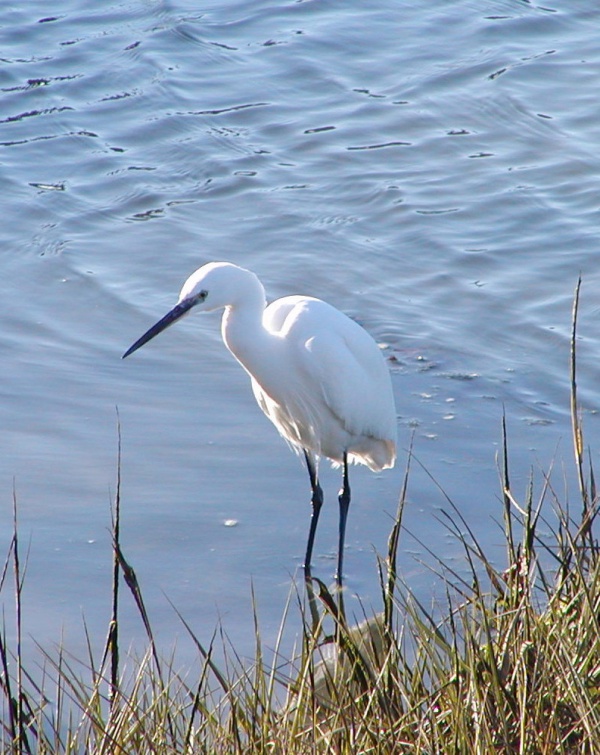Facts About Little egret
The little egret is an enchanting small heron belonging to the Ardeidae family. It is easily recognizable by its striking white plumage, slender black beak, long black legs, and distinctive yellow feet, especially prominent in the western race. These birds thrive in aquatic habitats, feeding on small prey they find in shallow waters and on land.
Regarding breeding, little egrets prefer to nest in colonies. They construct their nests from sticks, either in trees or among reed beds. These birds have a broad breeding range, spanning the warm temperate to tropical regions of Europe, Africa, Asia, and Australia.
In warmer climates, little egrets tend to remain year-round. However, those residing further north typically migrate to Africa and southern Asia to escape the harsh winters. Interestingly, their range has been expanding northward, and stable populations can now be found even in the United Kingdom. Although they faced significant declines in the 19th century due to hunting for their beautiful plumes, dedicated conservation efforts have facilitated their population recovery, particularly in southern Europe and other regions.
There are several subspecies of the little egret distributed across Europe, Africa, Asia, and Australia. These birds are highly adaptable and occupy various wetland areas, coastlines, and open spaces. Known for their sociable nature, little egrets frequently gather in small flocks and feed on fish, amphibians, reptiles, and other small animals. They typically nest in colonies alongside other wading birds, constructing platforms of sticks either in trees or reed beds.
Globally, the little egret is not considered a threatened species. In fact, its range has expanded significantly in recent decades. Conservation efforts have been particularly successful in northwestern Europe and Australia, leading to population recoveries. The species has also established breeding populations in the New World, such as in Barbados and the Bahamas. Nowadays, little egrets are increasingly spotted in North America, with sightings ranging from Suriname and Brazil in the south to Newfoundland, Quebec, and Ontario in the north.

 Greece
Greece